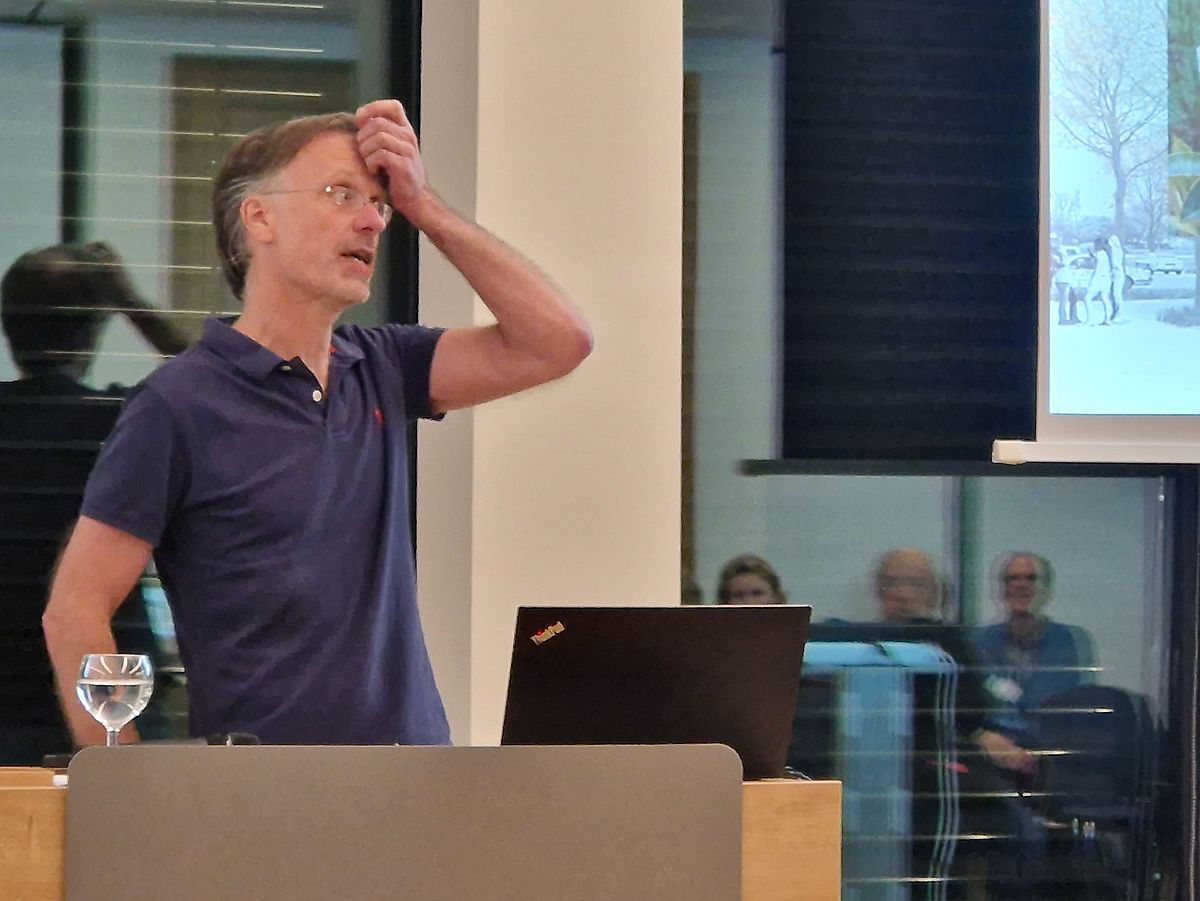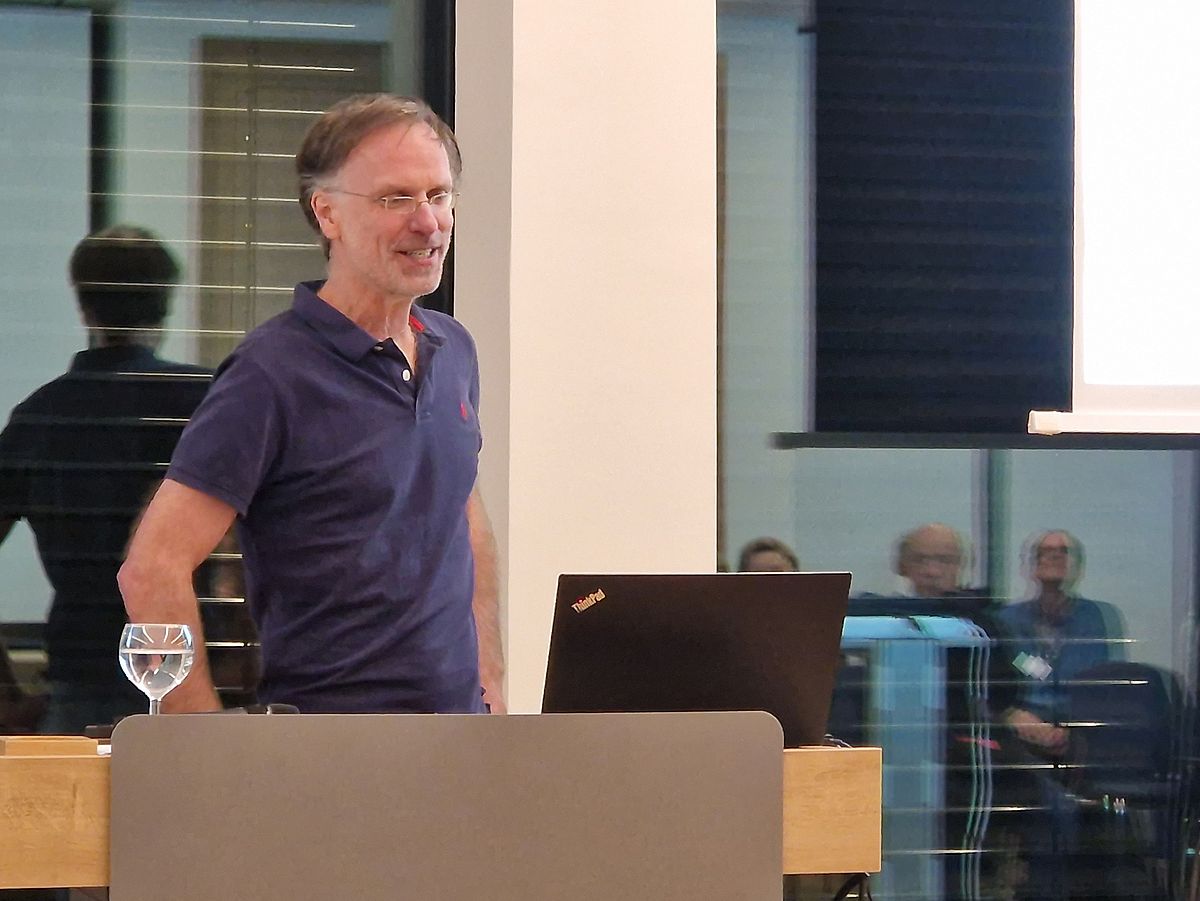MEVIS: Medicine goes digital

With its design, with its curving and interwoven structures, it is probably the most beautiful and certainly one of the most intriguing buildings on campus: the bright white new home of the Fraunhofer Institute for Digital Medicine MEVIS. As more than 40 alumni witnessed first-hand during their visit after our general meeting, what is happening at Fraunhofer MEVIS is one of the more interesting developments around the University of Bremen. "We are researching results-oriented medicine," said the deputy director of the institute, Professor Matthias Günther, during his tour de force, endlessly astonishing presentation of MEVIS’s numerous research projects.
"Today, lung cancer is not simply lung cancer – we now recognise more than 300 different forms of this deadly disease," says Matthias Günther. These very individual expressions of cancer can now be well differentiated with the help of visualisations. At the same time, however, this enormous progress in knowledge presents medicine with a diagnostic dilemma: doctors have to be able to deal with these complex analyses and derive the right course of treatment from them. "So we not only have to enable the most precise diagnoses possible, but also give doctors a user-friendly software tool that allows the best therapy for each individual patient." This is increasingly being achieved through the use of artificial intelligence, which is specially trained with health data. This isn’t the only point where data protection comes into play: the more precise the analyses and therapies become, the easier it is to draw conclusions about specific individuals. Digital medicine now finds itself in a state of tension between standardisation and individual therapy. "For us it is important," says Professor Günther, "that we work out a value-based treatment, with efficient therapy monitoring, and by all means results-oriented."
One of these forward-looking research projects is the NAKO Health Study, conducted with Bremen's participation, which collects health data from 200,000 randomly selected patients at a point in time when they are not yet obviously ill. These patients are followed for years and then if they experience serious illness, the aim is to analyse in retrospect which previously unknown indicators presaged their health problems at an early stage.
So there was plenty to talk about and, at the end, the question of how Fraunhofer MEVIS with its new building managed to so completely break through the architectural monotony on campus. "We have flat hierarchies and didn't want long corridors, but rather a design that centres meeting spaces for our networks," says Günther. "It was all a lot of work, and not only for the architects. But we just wanted it".




